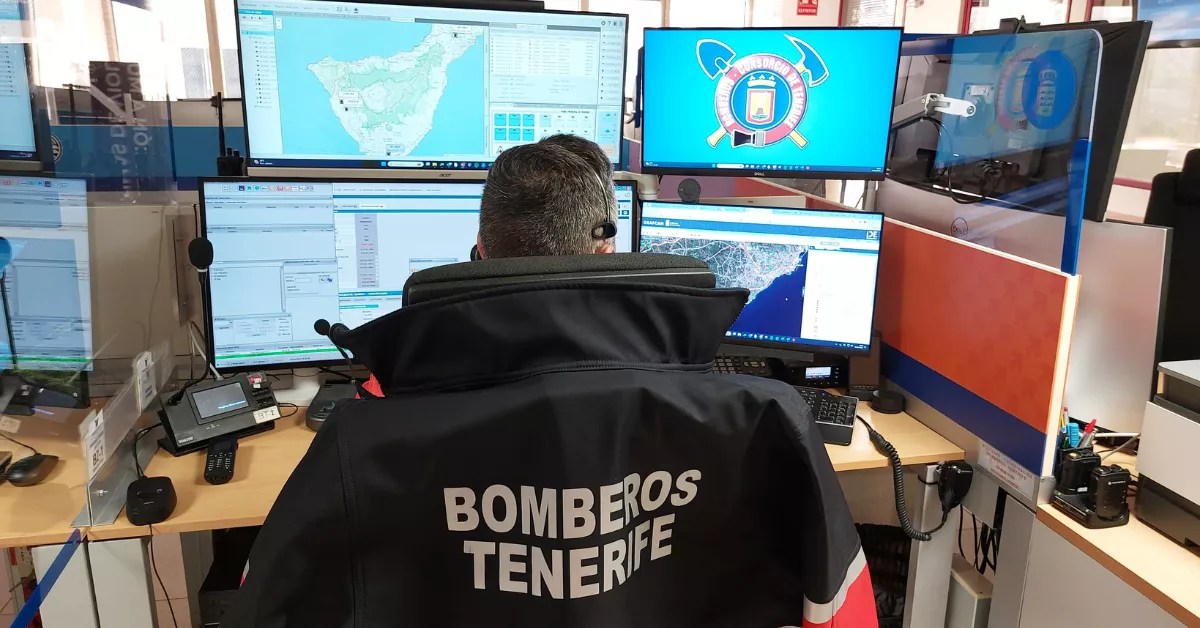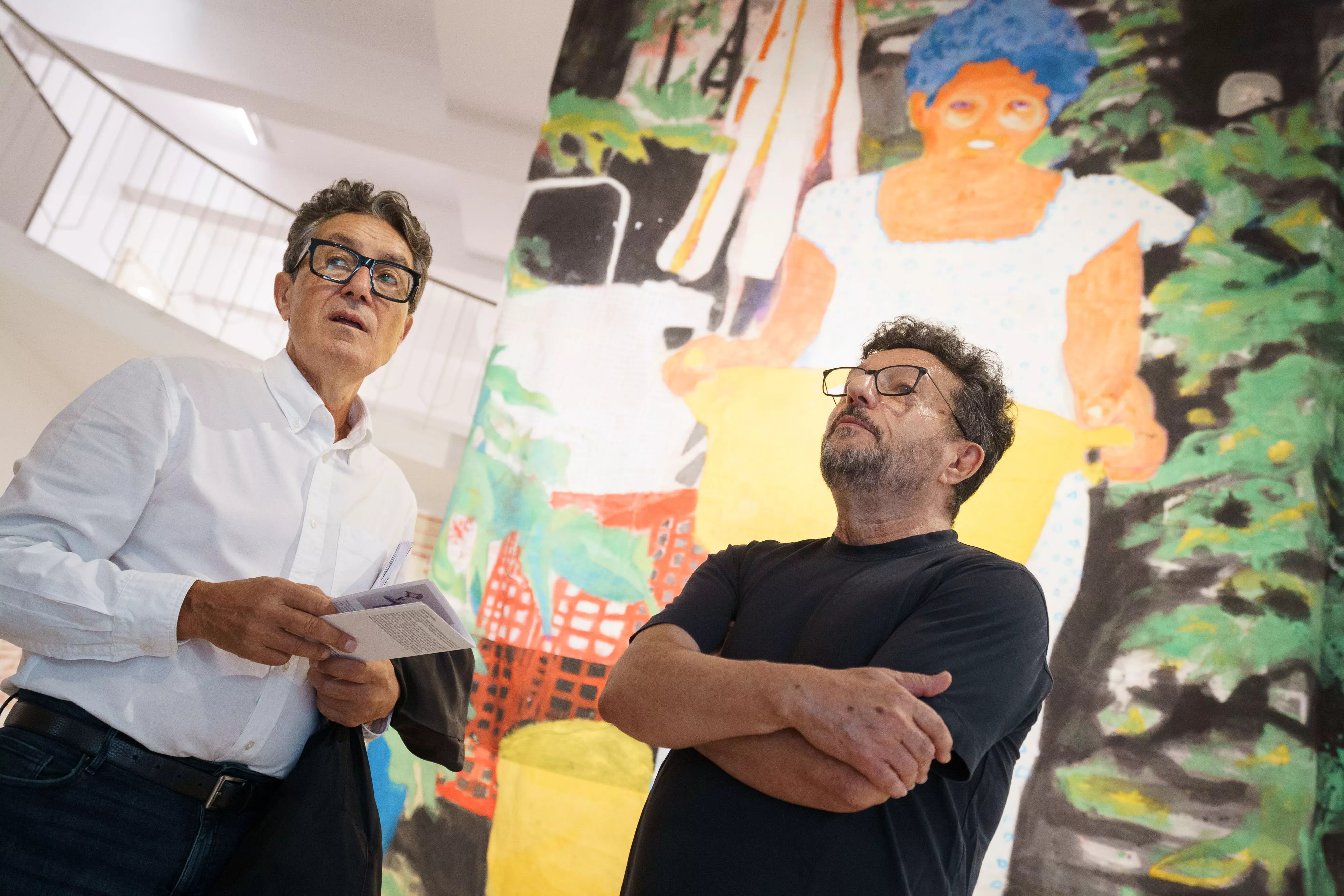In the last five years, Canarian students have located and certified nine variable stars, contributing an important granite to world scientific research. An achievement that represents a boost to the Variable Star Characterization project developed by the Ministry of Education, Universities, Culture and Sports with the Astronomical and Educational Association (AAEC) Henrietta Swan Leavitt.
Canarian schoolchildren locate nine variable stars in five years. This course that has just ended says goodbye with the milestone of the location and certification of the discovery of two variable stars by the Canarian students. The the last of them has been called UCAC4 459-09227 and has been located by schoolchildren from the IES Marina Cebrián and IES María Pérez Trujillo, from Tenerife. “It is very difficult to catch them, this is the second variable star of the year, they had it pre-detected since April when they started working with it in two institutes of Tenerife. They discovered it at the same time, practically. Since this is done in the classroom, it takes a lot of time and that’s why it took a few months,” he explains. Carlos Morales teacher and president of the Astronomical and Educational Association (AAEC) Henrietta Swan Leavitt AAEC.
This new star the ninth located in the Canary Islands since 2017is added to the history discovery made on May 17 by Ariana Figueroa, David Oriel, Erika Naiara Martín, Quintín Ignacio Siverio, Kilian José López and Carla BelloCanarian students with visual disabilities who found the star called UCAC4 459-092739.
The latest stellar discovery was made by two institutes practically at the same time, based on time and work
all thanks to the use of the sonification technique that allows you to analyze the multiple light curves and transform them into sound. An unparalleled achievement.
This course have been tthe educational centers that have been part of the project of scientific experimentation in the classroom, which includes the evaluation of hypotheses about the variability of the canary skiess and about its astronomical phenomena.
The students have studied the transit of exoplanets, the calculation of distances to remote galaxies by means of the brightness of their Cepheid stars and the deepening in the Python programming language, for the search of variable stars. Without a doubt, a first contact with the world of science that whets their appetite for more scientific knowledge.
Preparations
With the arrival of summer far from stopping the project is already taking shape with new adventures scientific activities to develop for the next academic year, consolidating a program that not only manages to contribute to the international scientific community but is also awakening scientific vocations among Canarian students, one of its ultimate objectives.
«We have already prepared the next course, which is the work with a different type of variable star, the RRLirae variables, which also requires the same: knowing how to program and knowing how to process images. It is quite complete and It is another adventure that the students can live because when you connect to the project and start it at your institute there are, apart from discovering the variable star, different adventures within your reach such as calculating the distance of a galaxy by means of Cepheid stars, analyzing the transit of an exoplanet or calculate the distance to globular clusters with stars RRLirae», forward.
Teacher Carlos Morales introduces students to adventures such as calculating the distance of a galaxy
Get out of the confinement of textbooksknow and develop the scientific method and contribute new discoveries and achievements to the international scientific community will continue to be present in the next school year in the classrooms of the Canary Islands.
A real approach to science from the island classrooms
“The value of the project is much higher because it is not only the fact of discovering a variable star, which is the icing on the cake, but also getting closer to real science because sometimes in the classroom science is lived in the textbook, and not directly as they are found in reality. Most centers have developed it this way and, for example, have calculated the transit of an exoplanet,” explains Carlos Morales, a teacher at IES La Rocha and president of the Astronomical and Educational Association (AAEC) Henrietta Swan Leavitt. | CSB

















